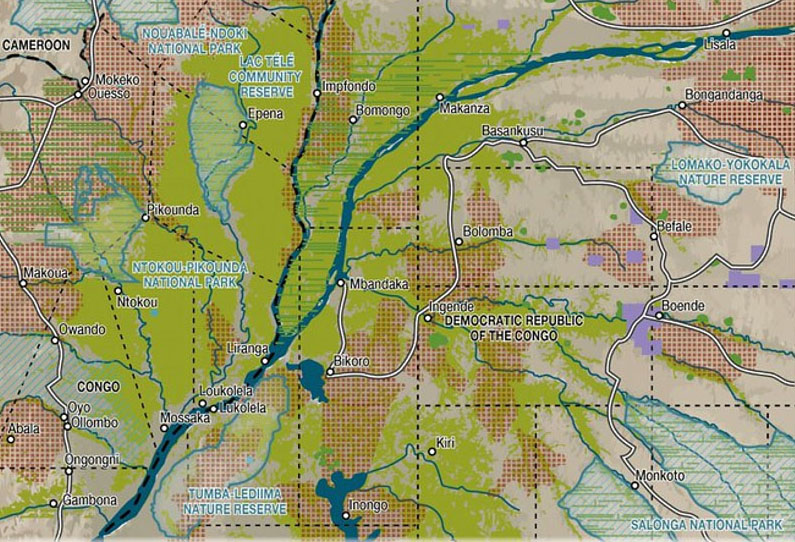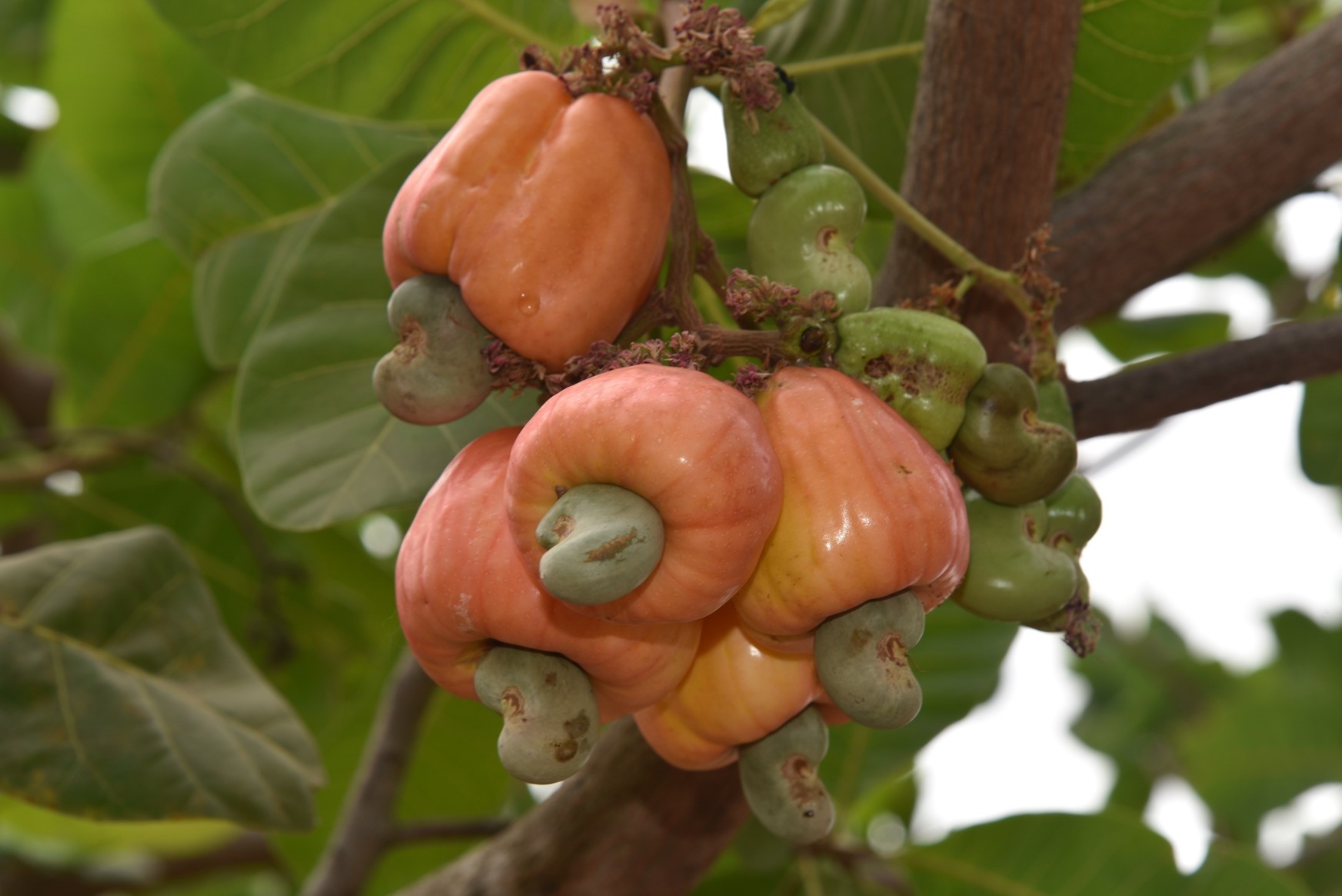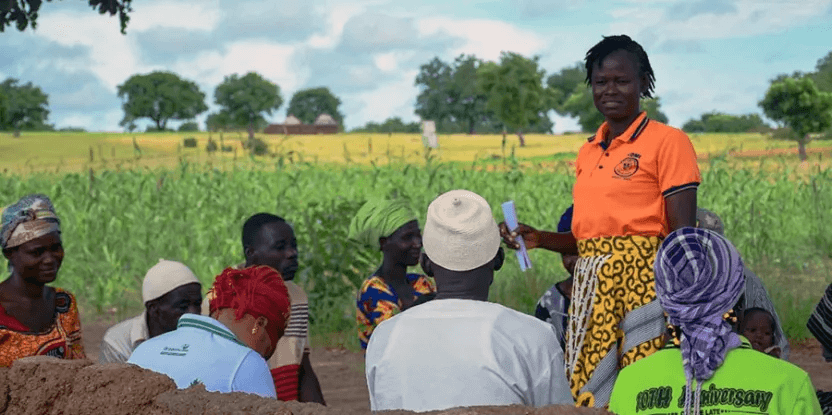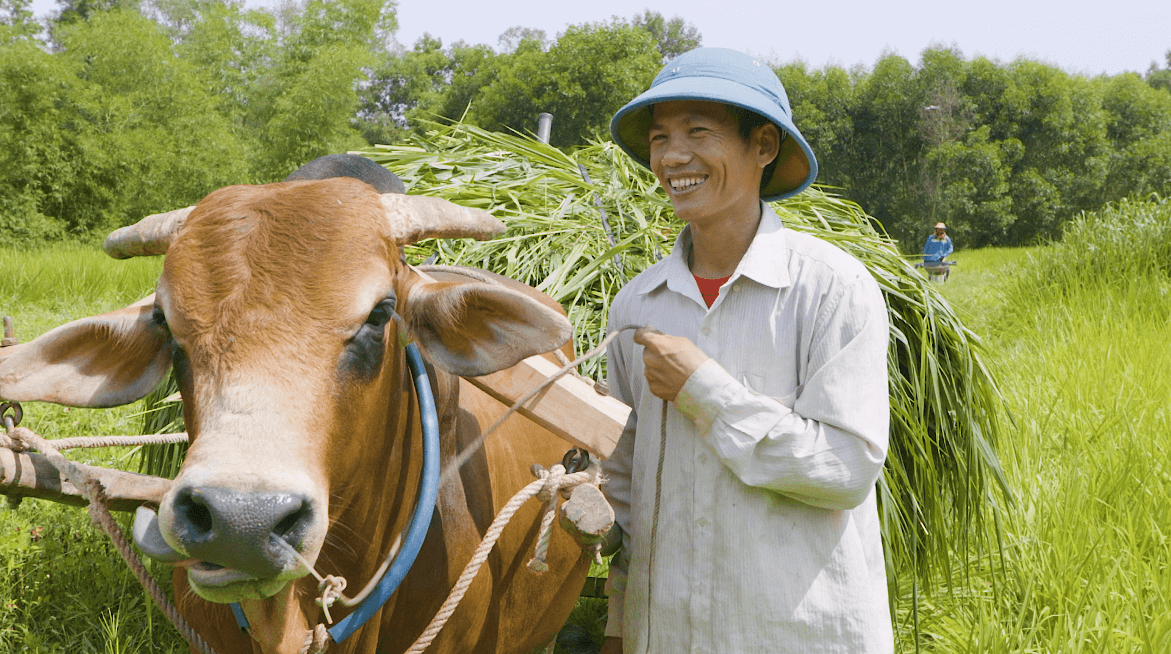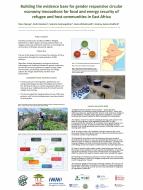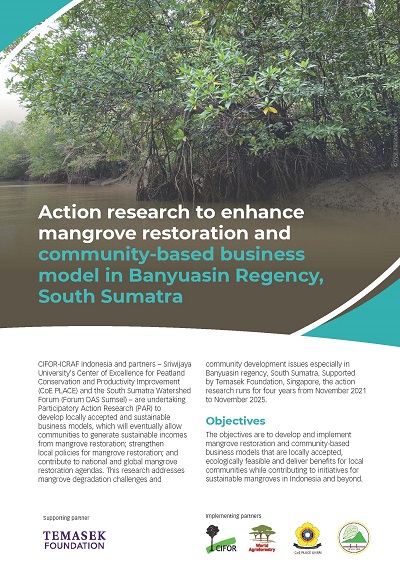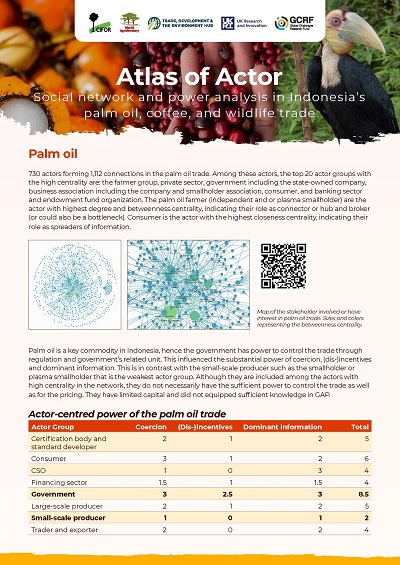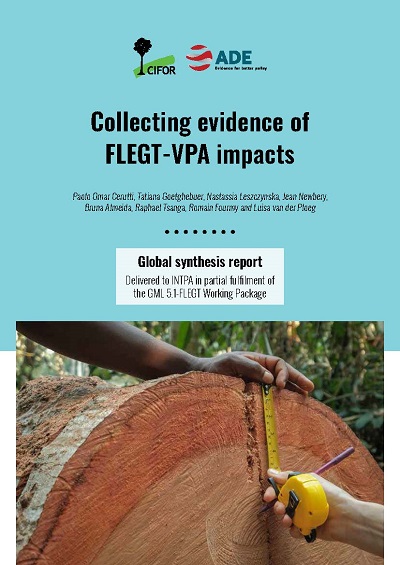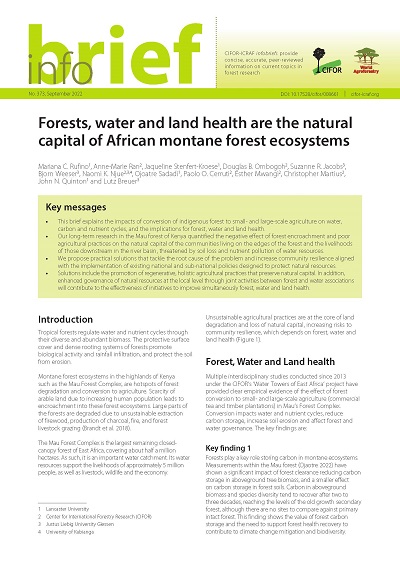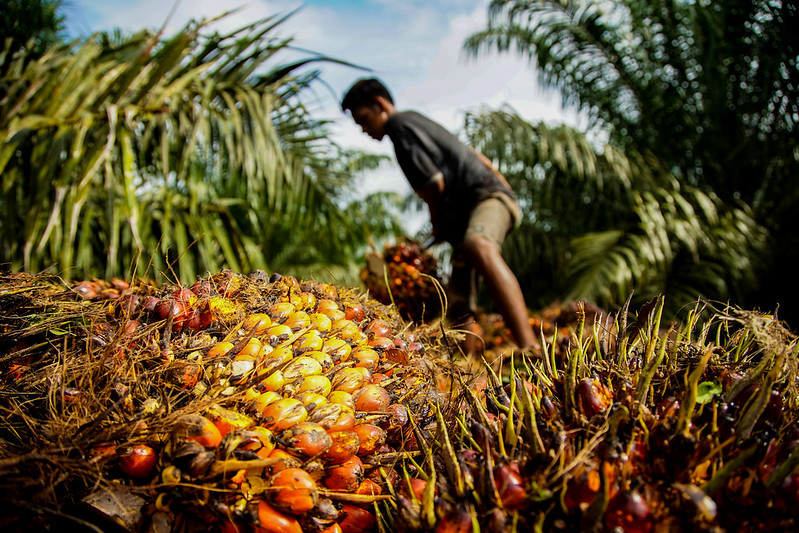Special feature
Responding to the climate crisis
As the world reels from devastating storms, fires and drought, the need for solutions to the climate crisis is more urgent than ever. Trees – in forests and on farms – offer a resilient source of food, livelihoods and climate regulation.
CIFOR-ICRAF has worked for over seven decades in the Global South to enable the creation of healthy, productive landscapes made resilient through the transformative power of forests, trees and agroforestry.
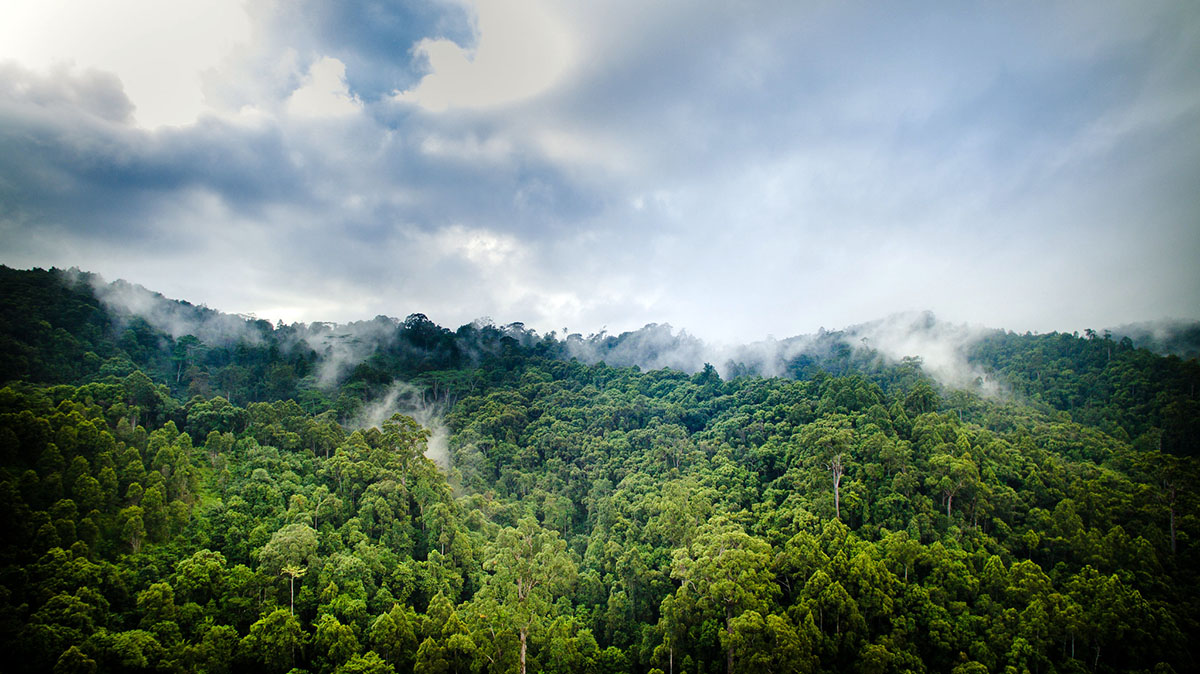
Transformation through tree and forest value chains
CIFOR-ICRAF has seized this opportunity, generating research on public policy, business models, private investments and finance to create innovative solutions to what are often wicked problems. Working with private companies, governments and financial services providers, our focus is on finding ways to reduce pressure on forests and farm-forest landscapes while ensuring that small-scale producers and businesses thrive.
Climate change: The challenges and their solutions

Challenges
To meet the Paris Agreement targets, countries need to remove a billion tonnes of CO2 from the atmosphere by 2025 and more than one billion tonnes annually thereafter. But the current pipeline of climate change mitigation projects in development can remove only around 150 million tonnes of CO2 by 2025 – well short of what’s needed.
Solutions
Nature-based solutions provide effective ways to increase carbon storage, while also promoting sustainable economic development.
Natural carbon sinks

Wetlands
Wetlands, including peatlands, mangrove forests and seagrass meadows, are among the most carbon-rich landscapes on Earth, storing 3–5 times more carbon than other tropical forests.

Mangroves
In Indonesia blue carbon could help reduce emissions by as much as 200 million tonnes of CO2 annually – the equivalent of 30% of its emissions from land.
How can we apply nature-based solutions?

Climate-smart agriculture
In Viet Nam, farmers using climate-smart agricultural methods boosted their rice yields by 9–15%, and used 70–75% less seeds, 20–25% less nitrogen fertiliser and 33% less water. Many countries also report that climate-smart agricultural methods reduce emissions by 20–62%.

Agroforestry
Storing an average of 8.4 tonnes of carbon per hectare per year, at a global level agroforestry could sequester 8 billion tonnes of carbon per year – equivalent to 40% of a decade of fossil-fuel emissions from UK, Germany, France and Canada combined, in the 2010s.
CIFOR-ICRAF at UNFCCC COP27
Trees and forests: An investment in climate resilience
The 27th Conference of the Parties of the UNFCCC (COP 27) takes place in November 2022, hosted by the Government of the Arab Republic of Egypt. The conference will build on previous successes and pave the way for ambitions to effectively tackle the global challenge of climate change.
Read moreEGYPT



